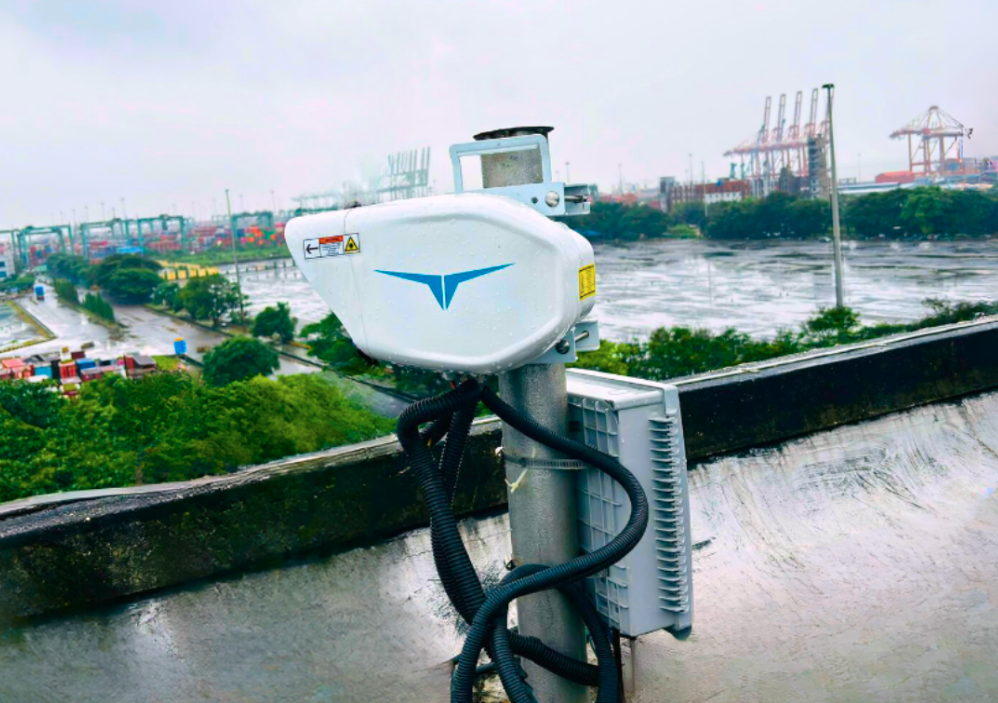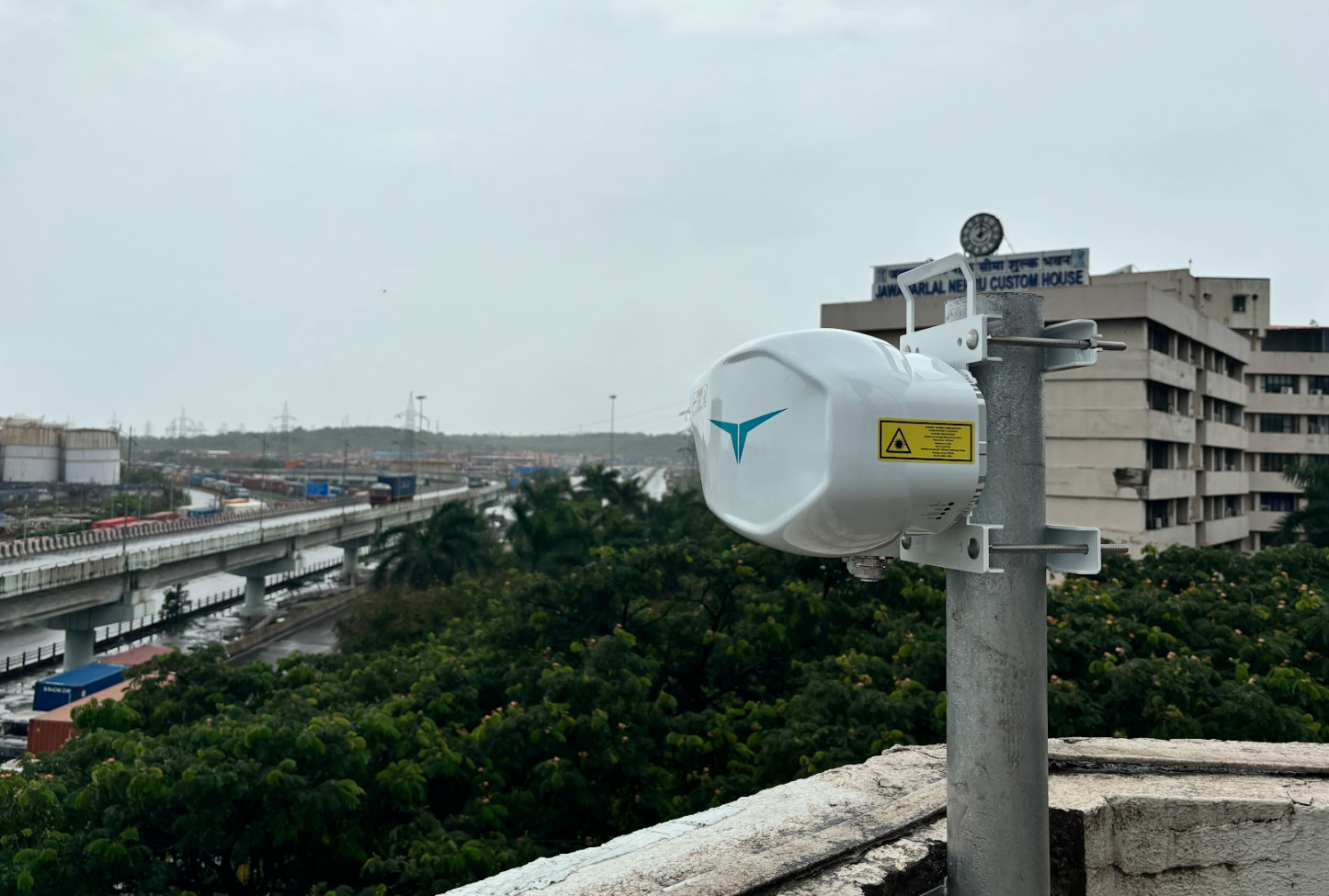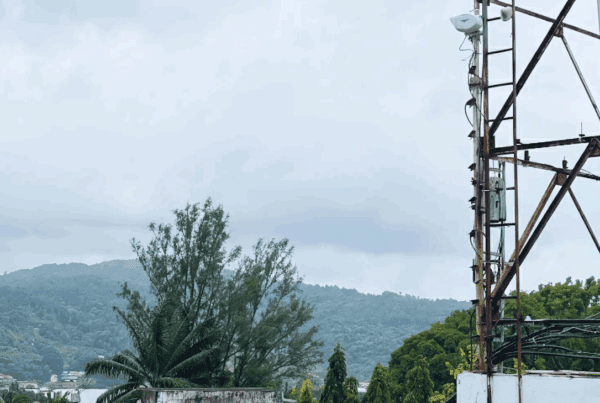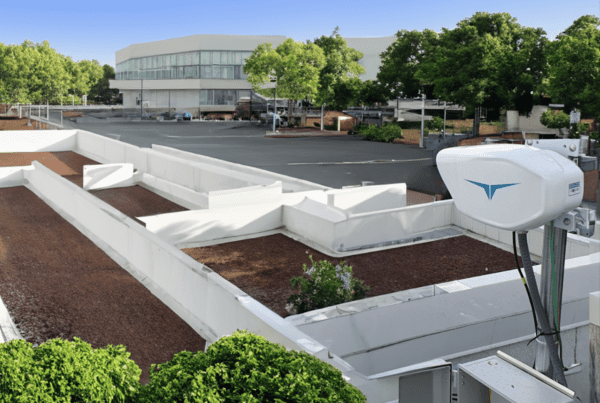
In bustling Maharashtra, lies one of the nation’s most critical infrastructures – India’s second-largest port. This vital gateway to global trade has long faced a challenge that many might find surprising in our hyper-connected world: reliable, high-speed internet connectivity.
Background: A port city’s predicament
The port’s sprawling setup teems with activity, where massive ships dock daily, bringing goods from around the world. Heavy duty trucks rumble and weigh down on roads, creating a constant flow of traffic. Amidst this hive of activity sits an admin building – the nerve center of operations. Just a stone’s throw away is the port’s hospital, a crucial facility for the thousands who work here.
Yet, for all its importance, this admin building has struggled with a seemingly simple task: maintaining a stable, high-speed connection to both the hospital and the port itself.
Legacy Infrastructure Challenges
The port’s connectivity issues stemmed from several factors:
- Frequent fiber disruptions: The heavy vehicle movement in the port area consistently disrupted the overground fiber cables. Large numbers of heavy-duty vehicles, such as big trucks going to and from the port, caused physical damage to the fiber infrastructure, resulting in cuts and interruptions in service.
- Vulnerable overground cables: The fiber cables were deployed overground, which made them vulnerable to damage from the heavy traffic in the port. This deployment method proved to be unsustainable in the high-traffic environment.
- Tedious deployment process: Laying fiber in the port area was a tedious and time-consuming task due to the need for multiple permissions. The process was not only lengthy but also posed significant logistical challenges as port operations could not experience any downtime, making it impractical for ensuring reliable connectivity.
Due to challenges with a fiber-only setup, the port had to rely on a microwave solution for connectivity. However, this alternative also had significant limitations:
- Limited bandwidth: Microwave technology had inherent capacity constraints, providing insufficient bandwidth to meet the port’s growing demands.
- External noise: The microwave signals were affected by external noise and interference, which further degraded the quality of the connection.
As a fallback, the port often had to resort to outdated RF technology and mobile data anytime fiber connectivity was cut, which was akin to running a modern port with one hand tied behind their back.
Objectives and Technical Details

Faced with these challenges, the port authority identified two primary connectivity requirements:
- Connecting the Admin Building to the port hospital (4.3 km distance)
- Connecting the Admin Building to the port itself
The port needed a solution that could provide:
- High-capacity connectivity (10 Gbps full duplex)
- Minimal disruption to existing operations during installation
- Ability to support future technologies like 5G and bandwidth-hungry applications
- Resilience to the unique challenges of a port environment
Deployment: Embracing lasers
After careful consideration of the limitations of their existing infrastructure, the port authority opted to deploy Transcelestial’s solution to deliver what was previously not possible: a 10 Gbps full-duplex connection without the need for any disruption to existing infrastructure.
The installation process was swift and non-disruptive, a crucial factor in the port’s 24/7 operational environment. Two laser links were set up:
- A link connecting the admin building to the hospital, spanning 4.3 kilometers
- Another link connecting the admin building to the port
The Admin Building serves as the central hub for IT operations, housing the network operating center where all surveillance and monitoring operations take place.
Results
The impact of the new laser communication system was immediate and far-reaching:
- Enhanced Port Operations:
- The high-speed link has enabled the port to adopt bandwidth heavy technologies with greater ease.
- The port is now equipped with a ‘future-ready’ network that can support upcoming technologies like 5G.
- Minimal Disruption:
- The laser communication system bypassed the need for extensive groundwork, avoiding disruption to the port’s busy operations.
- Resilience:
- Unlike previous solutions, the laser communication links are not affected by the constant movement of vehicles or the proximity to water bodies.
- The 10 Gbps capacity provides ample bandwidth for future applications and upgrades by simply adding more links to the network.
This success story demonstrates a viable solution for upgrading connectivity in port environments globally – environments where traditional connectivity solutions often fall short. As ports around the world grapple with the need for digital transformation in the face of growing trade volumes and complex logistics, India’s second largest port city stands as a shining example of innovation and adaptability.





